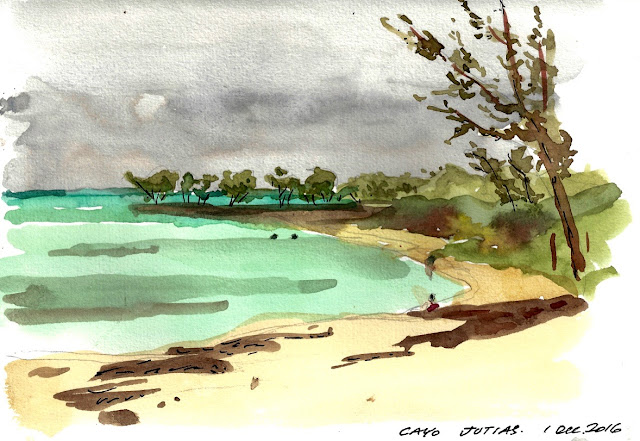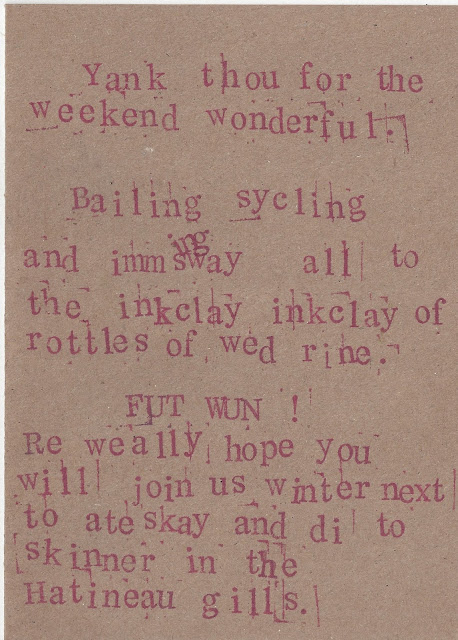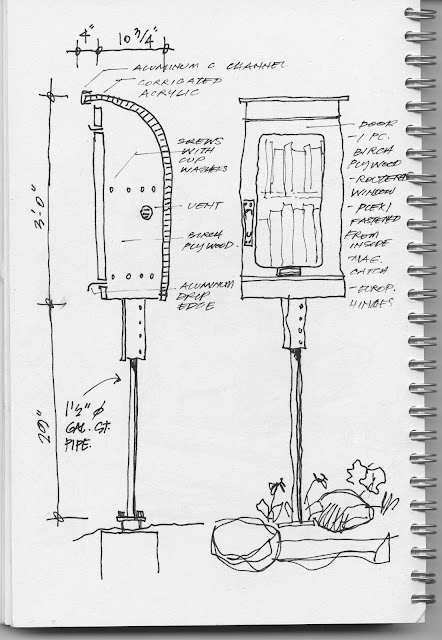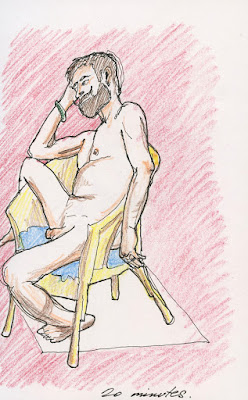


This huge cemetery is entirely consistent with the architecture of Havana, complete with strong old-world Spanish character (complete with the Moorish influences) and some wonderful Art Deco, however the difference is that the structures in the Necropolis are in very good condition.
More than that, it prompted curiosity about the cultural attitudes around death and how its accommodation with the socialist/communist politics of Cuba's modern state. Many of the monuments reminded me of the old churches I saw in Spain while walking the Camino in Spain and especially the spires of the Sagrada de Famila in Barcelona.
We visited early in the trip, before my sketch valves opened and I was able to loosen up and up and have fun, I was still in that stiff, documentarian mode. I almost never complete, much less revisit, my sketchbook drawings. But had it been later in the trip, I would have had more fun with some with circular perspective. I think it was in the back of my mind, but didn't surface until a few days later at the Plaza de Catedral.













































